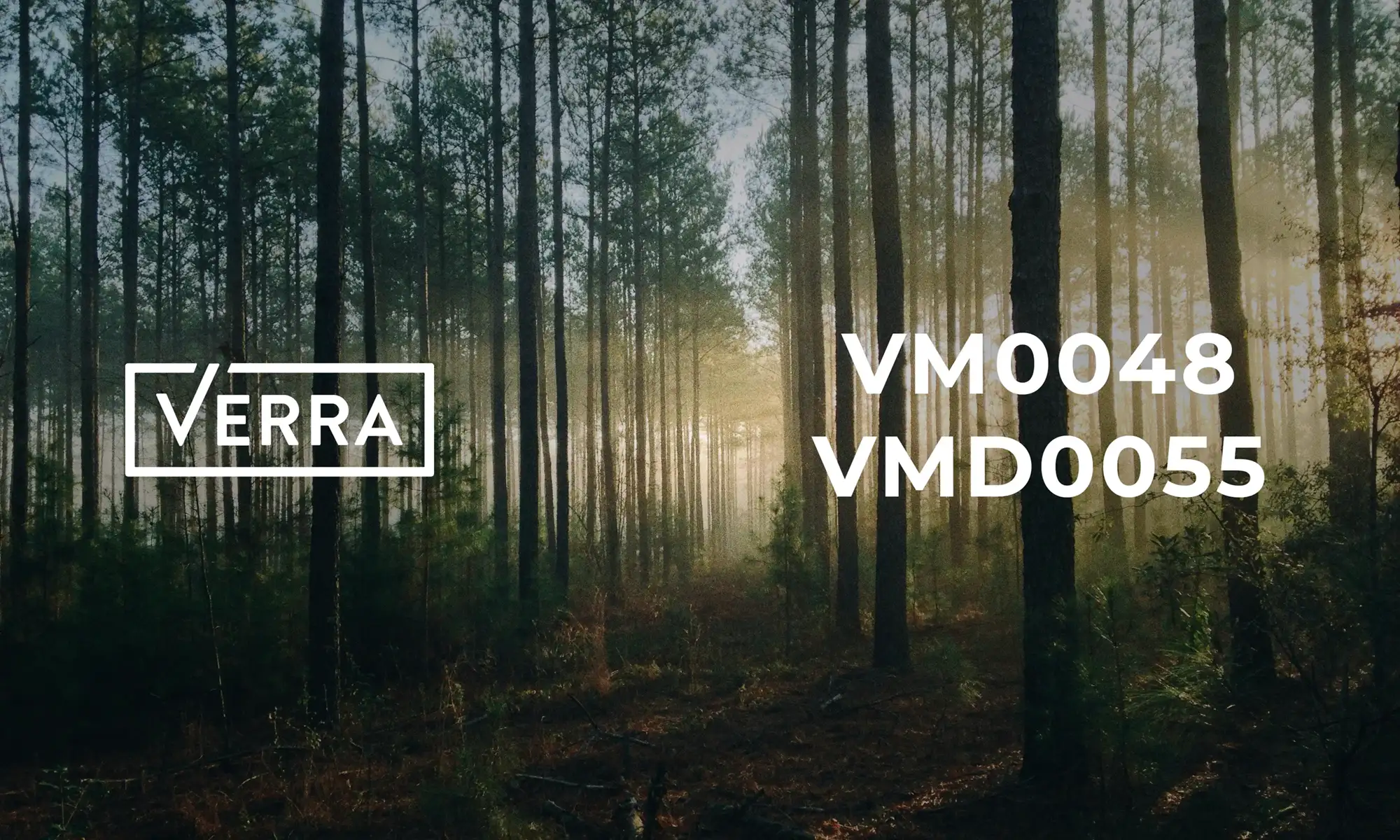How Verra’s New REDD+ Methodology Strengthens Integrity in Carbon Markets

[Charlottesville, Virginia, USA; 12 March 2025]
Deforestation is a major driver of climate change, accounting for approximately 10% of global warming according to the World Wildlife Fund (WWF). Despite efforts to curb forest loss, inconsistencies in carbon credit methodologies have led to skepticism about the credibility of REDD+ projects.
Verra, a leading carbon certification body, has introduced a new REDD+ methodology [VM0048; VMD0055] to address these concerns. By shifting from project-specific baselines to a country/jurisdictional-scale approach, this update enhances transparency, ensures alignment with national climate targets under the Paris Agreement, and strengthens confidence in carbon markets
From Project-Specific to Country/Jurisdictional Baselines: Why It Matters
Previously, project developers had to establish their own reference areas to determine deforestation baselines. This approach introduced variability and the risk of overestimated carbon benefits. Now, Verra’s updated methodology uses a country/jurisdictional approach, where baseline deforestation rates are calculated for an entire region rather than individual projects.
Key Benefits of This Shift:
- More Transparency – Standardized baselines improve comparability across projects.
- Greater Alignment – Ensures consistency with national climate reporting and commitments.
- Stronger Market Confidence – Investors and buyers get more reliable, high-integrity credits.
Removing Subjectivity in Baseline Setting
One of the biggest criticisms of past methodologies was the potential for subjectivity in baseline determination. Under the new system, Verra will work with independent third-party providers to allocate baselines based on deforestation risk models. This change removes conflicts of interest and enhances credibility.
The Role of Third-Party Providers
Verra is shifting the responsibility of data collection and baseline allocation to recognized third-party providers. These providers analyze deforestation patterns over the past decade and distribute carbon credit allocations accordingly. This means project developers can focus more on implementation rather than lengthy baseline justifications.
Why This Builds Investor Confidence
Investors are increasingly demanding high-integrity carbon credits. By standardizing baseline calculations and eliminating inconsistencies, Verra’s new approach provides greater assurance to buyers. This strengthens market trust and attracts more funding to REDD+ projects.
What This Means for Project Developers
- Lower Costs – Developers no longer need to invest heavily in baseline research.
- Faster Approvals – Streamlined verification processes reduce delays.
- More Focus on Impact – Developers can allocate more resources to conservation efforts.
Final Thoughts: A Step Forward for REDD+
Verra’s new methodology is a significant step in ensuring the credibility and scalability of REDD+ projects. By addressing past concerns around baseline accuracy and project integrity, these changes position carbon markets for long-term success.
Explore More
Carbon markets are evolving—are you ready? Learn how these changes impact project developers, investors, and climate action efforts.
For media inquiries or further information, please contact:
info@ClimateInvestmentPartners.com
📽️ Watch: Setting the Standard – Verra’s Revolutionary New REDD+ Methodology
LOCAL PARTNERS
SDGs
Driving Change: Projects Shaping a Sustainable Future Through Key SDG Achievements